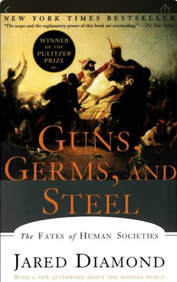
The cognitive systems Kahneman describes are broadly shared, but at least some of the content of cognitive models, like availability and anchoring, vary based on individual and group experiences. It is like the child's toy that pushes blocks of clay through forms to create exotic shapes: the forms are the same but the color varies based on the type of clay that is put into the toy. One's level of education affords no necessary immunity to the error-inducing effects of our cognitive machinery. However, an understanding of the nature of the biases build into our systems of thought, along with conscious attention to mitigating those biases, can help.





 RSS Feed
RSS Feed